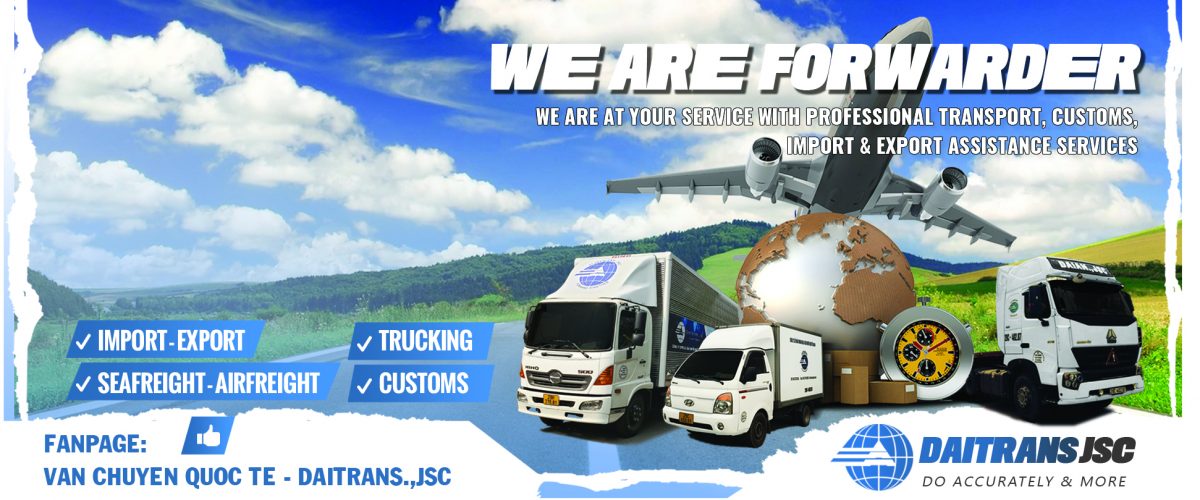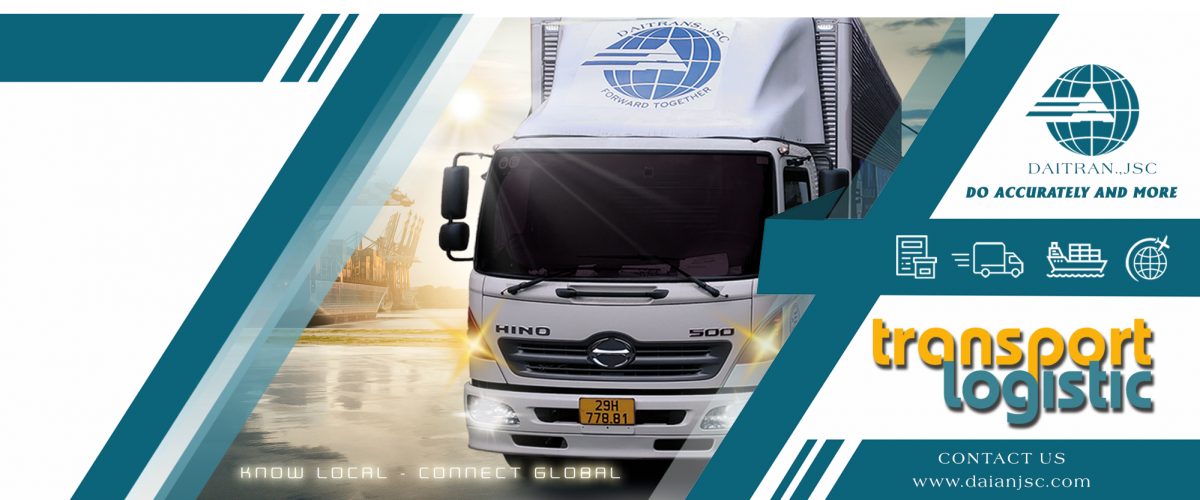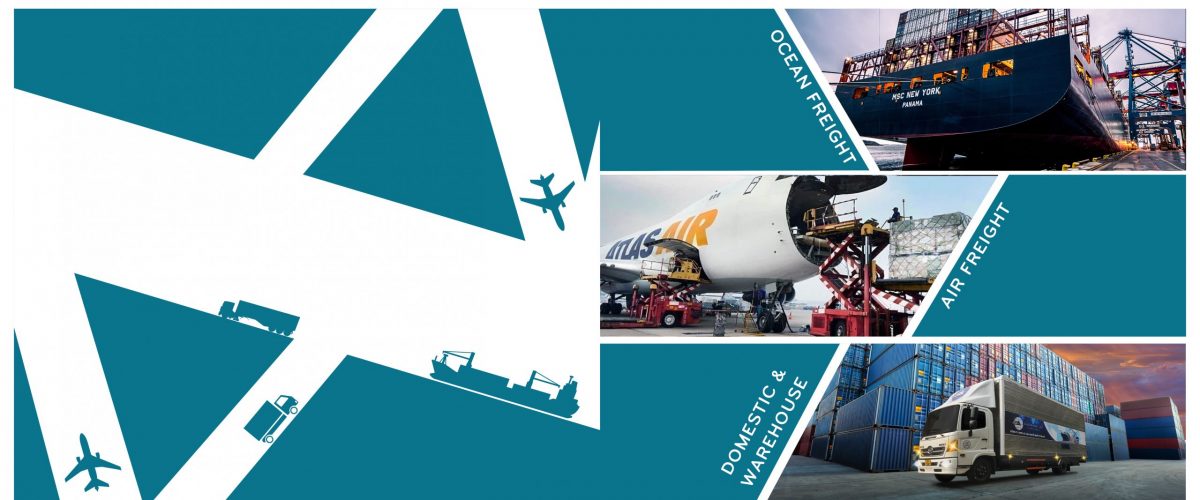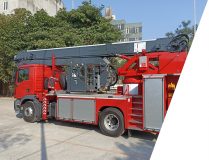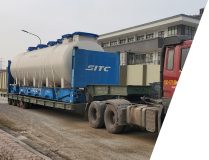in International Shipping News 29/12/2021
At the height of global port congestion brought on by record-setting container volumes, importers utilizing Pacific Coast gateways are looking towards US West Coast port worker negotiations next year with little hope that a suitable contract will be struck in time to avoid renewed slowdown.
Although some metrics indicate that the worst congestion may already be past, few players expect market fundamentals to find their balance in the first half of 2022, which could be compounded by stormy labor negotiations between the International Longshore and Warehouse Union and the Pacific Maritime Association.
The current contract, set to expire on July 1, 2022, is itself a three-year extension agreed upon prior to a 2019 contract expiration.
In November 2021, the PMA – which represents key ocean liner and US Pacific Coast terminal stakeholders – offered a one-year extension in the face of current market-wide issues, which was promptly rejected by the ILWU.
“PMA cites supply chain issues as a basis to seek another extension to the [contract],” said ILWU President Willie Adams in a letter to the PMA dated Nov. 16. “We will see you at the bargaining table in the upcoming year, and we are confident that both parties … can handle the task ahead.”
Automation remains central concern
While negotiations have yet to begin, ILWU delegates are set to convene early in the new year to discuss terms and decide on their demands. The union is expected to be staunchly resistant to further automation on marine terminals and the accompanying shrinking longshoreman workforce.
Current congestion at USWC ports have led many market commentators to renew calls for mechanized gantry cranes and container checker operations in a bid to up throughput and meet ever-escalating demand for trans-Pacific cargos handled at US ports. Such automation has been shown to improve efficiency at Asian and European ports.
“Everything in the world is telling us we have to invest in port automation, and the unions know that, so they are going to dig in really deep,” a co-loader source said, adding that the counterparties will likely agree that “we’ll give you more money, but we have to have automation. That’s the sticking point.”
The number of ships in a queue waiting to berth at the Los Angeles/Long Beach port complex touched a new all-time high at 101 on Dec. 13, according to the Marine Exchange of Southern California. Times to berth were 18-30 days at Los Angeles/Long Beach, and 17 days at Seattle and 10 days at Vancouver, according to a customer advisory from Maersk on Dec. 10.
The last time an ILWU contract expired in July 2014, negotiations dragged into 2015 and port operations slowed dramatically despite no formal strike being declared.
A similar impasse would have severe consequences for trans-Pacific shipments to the USWC and potential knock-on effects for the global container shipping industry. Severe port congestion and equipment imbalances have contributed to the rise of container Freight-All-Kinds base rates from North Asia to West Coast North America to $8,400/FEU on Dec. 14, an increase of 115% from the same date in 2020. Some carriers were demanding all-inclusive rates of $13,000-$15,000/FEU this week for the same route with premium surcharges factored in.
“The Longshore union is not going to acquiesce to any automation, and carriers don’t have much carrot-stick options,” said Steve Ferreira, CEO of OceanAudit. “This is another black swan event … [and] it’s no secret the ocean vendors have little leverage.”
Shippers consider alternative routings
In an abundance of caution, some shippers active on trans-Pacific lanes have begun the process of directing more cargoes to US Atlantic and Gulf Coast gateways.
While all parties would like to avoid an ILWU strike or any further slowdown in West Coast port operations, shippers who remember the situation in 2015 may seek to avoid West Coast ports if they see that contract talks are not going well next year.
“The union is in the most commanding position they ever were, and they might figure this is the last automation delay they’ll get,” a US-based freight forwarder said. “By March or April, sentiment could be different depending on these negotiations. We could see a huge shift in volumes to the East and Gulf coasts and premiums out the wazoo. Contracts signed early could be negated again or even force majeures declared.”
Not all import reshuffling is due to poor sentiment over labor negotiations, however, as some market participants look to other gateways as an opportunity to diversify inbound cargo routing in the face of widespread and sustained congestion on both coasts.
“That is part of our strategy. We’re looking to divert far more cargoes to the US East Coast [and] we’re hearing that carriers are having more of an appetite to head towards East Coast,” said one US-based cargo owner, citing attractive infrastructure developments at US Atlantic coast ports.
But the Los Angeles/Long Beach port complex will remain a crucial chokepoint for US imports as it handles some 31% of all US containerized trade each year, including more than 70% of cargo coming from North Asian ports.
Source: Platts


